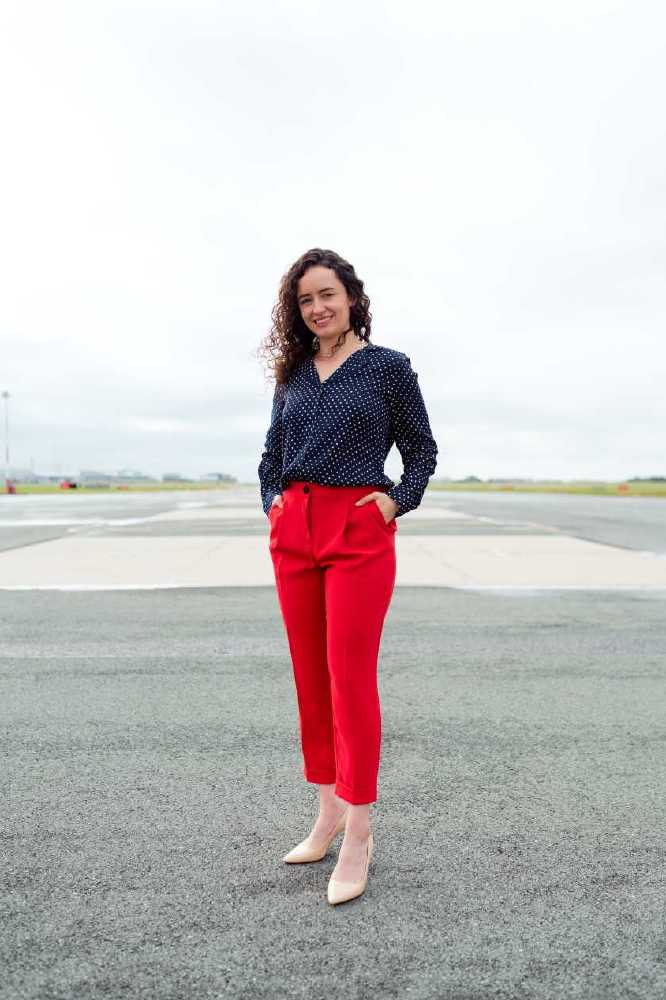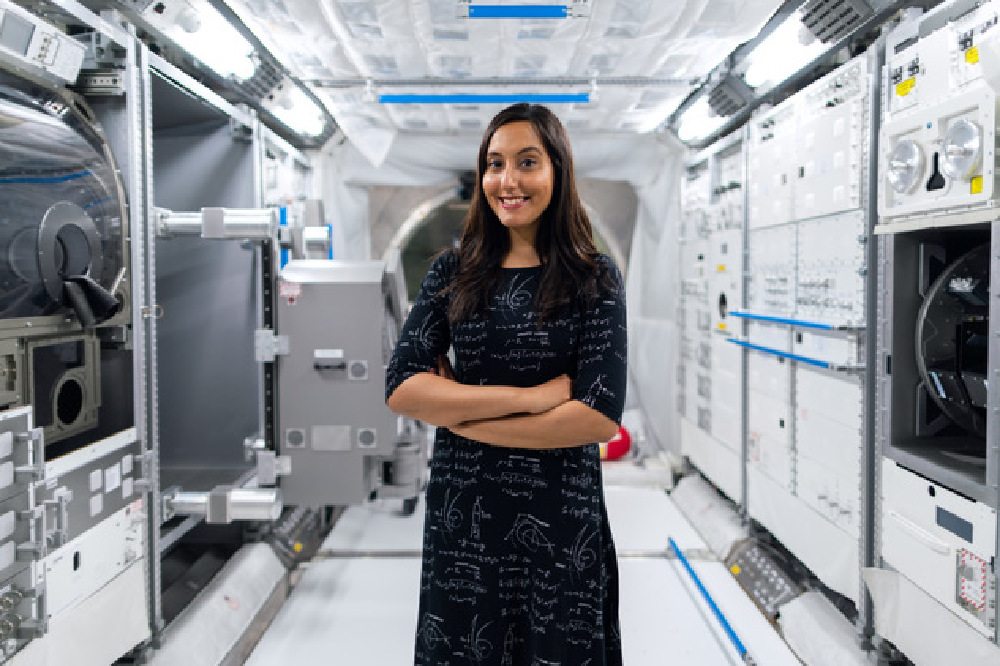I am Senior Aerospace Engineer at BAE Systems working on the Team Tempest project. Team Tempest is a collaboration between industry and government to investigate technologies for the next generation of military fast jets. I have responsibility for developing technologies and demonstrations for future Flight Control Systems. The Flight Control System (FCS) is like the central nervous system of the aircraft, including the brain; it’s how an aircraft gets into the sky, and stays there!

Sophie Harker
I am fortunate to work for a company that understands and supports flexible working. I tend to start my day at about 10am and work later into the evening as I am ‘night owl’ that works best later in the day. First thing I’ll do is check my emails and calendar to work out what I need to get done and plan my day out accordingly. It may sound cliché, but there really is no such thing as a typical day in my job. Every day is different – some days I’ll be in back-to-back calls and workshops with my team, and some days I’ll be heads down working on a modelled system in a variety of different software tools.
Much of my role involves co-ordinating different aspects of the FCS and integrating them all together to make sure they work as one system and that the aircraft it would be installed in can perform all the manoeuvres it needs to. Some days this means I need to work with suppliers of equipment to ensure that the equipment is compatible and that the software performs the functions we need it to for the system to work, and other times this involves reviewing the work of my team to ensure that all information is consistent and up to date.

A key element of every day however is around solving technical problems in our design. This usually revolves around preparing for and running workshops to determine potential solutions. I then work through these possible solutions with the team to determine which is the most suitable and present the options to our Chief Engineer and their team, for final approval.
RELATED: A day in the life of a theme park engineer
Throughout all of our work and decisions, we must make sure that we are designing a safe system. Whatever our final design is for the system, it is critical that it is safe to fly. We carry out safety assessments on all aspects of the system, including determining probabilities of failure, and put mitigations into the design to make sure that aircraft would be able to stay in the air then land safely in the event something goes wrong.
At the end of the day I like to be active and do some sort of exercise, be that running on the beach near my house or on the ice doing figure skating training. This part of my day is really important to me as it gets me away from any computer screens and makes sure that I sleep well ready for the challenges the next day will bring.
Sophie is a part of This is Engineering Day, a day created by the Royal Academy of Engineering to celebrate the world-shaping engineering that exists all around us but often go unnoticed, as well as the engineers who make this possible. As part of This is Engineering Day, the Royal Academy of Engineering has announced plans to create a new virtual museum named The Museum of Engineering Innovation, which can be accessed through QR Codes dotted around the country as well as by visiting Google Arts and Culture. To view the first collection of exhibits, which include Jonnie Peacock’s running blade, visit https://artsandculture.google.com/partner/museum-of-engineering-innovation. #BeTheDifference.
RELATED: A day in the life of a British Space Operations Engineer
My day always has a speedy start! At 8am, before I can brew a nice cup of tea, I remotely meet with a global team in Asia and we collaborate on an innovative lunar exploration project. It’s not to 9am until I finally get to pour myself a nice cup of Yorkshire tea and make sure that all emails have been replied to. I also prioritise my calendar tasks, so I am organised for the day ahead. Just after half 9, my team and I work on robotic and autonomous systems that play a huge part in getting humans to space for lunar exploration. I then meet with the Mission Control management team to update them on these space exploration and robotics projects... to read more click HERE


